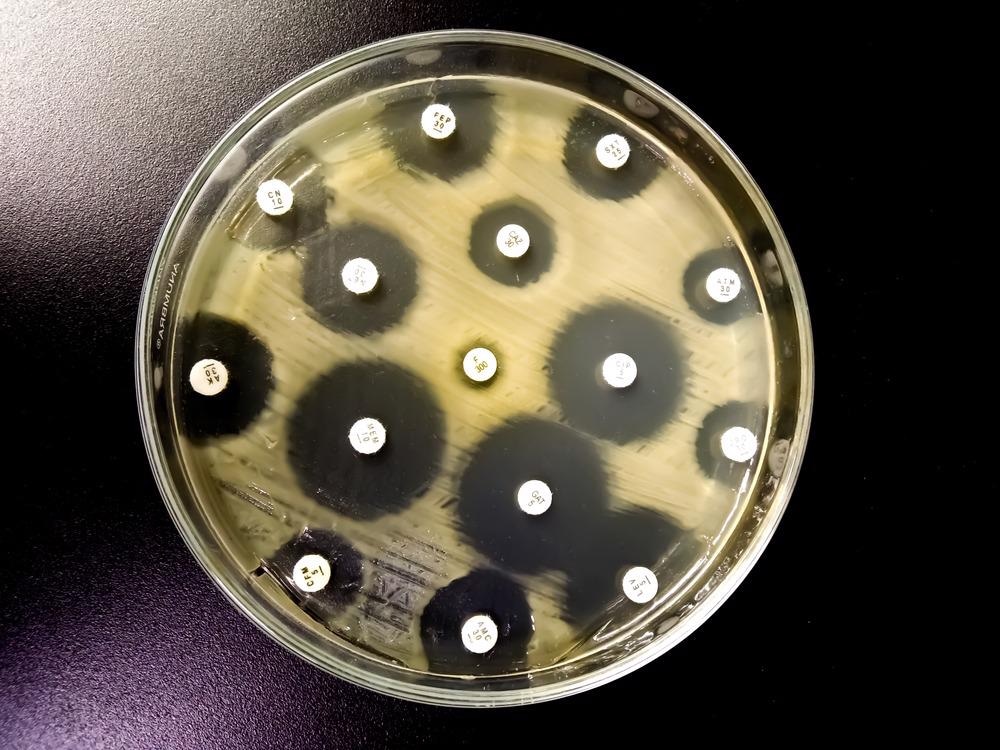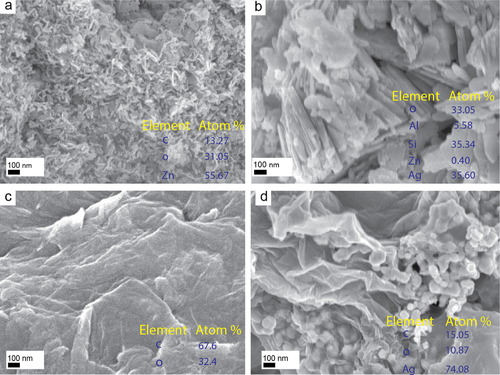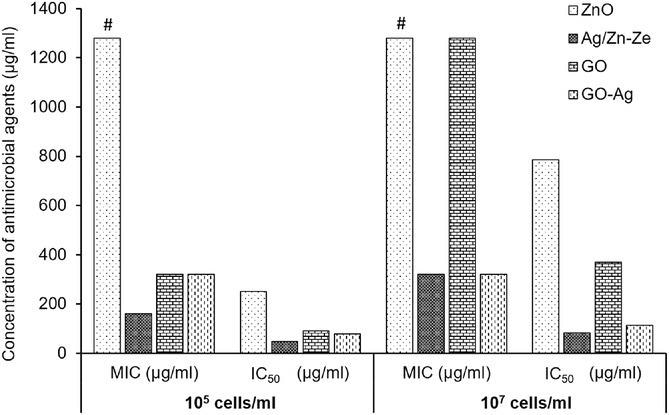Escherichia coli (E. coli) was used to test the antimicrobial effectiveness of different concentration levels of Zinc oxide nanoparticles, Ag/Zn-Ze nanocomposites, GO nanoparticles, and GO-Ag nanocomposites in a study published in the journal Analytical Sciences Advances.
 Study: Synthesis, Characterization, and Comparative Assessment of Antimicrobial Properties and Cytotoxicity of Graphene-, Silver-, and Zinc-based Nanomaterials. Image Credit: Arif biswas/Shutterstock.com
Study: Synthesis, Characterization, and Comparative Assessment of Antimicrobial Properties and Cytotoxicity of Graphene-, Silver-, and Zinc-based Nanomaterials. Image Credit: Arif biswas/Shutterstock.com
Antibacterial activity is shown to be significantly reliant on initial bacterial concentrations.
In this paper, antibacterial coatings were prepared using two nanomaterials. The cytotoxicity among these two compounds was also investigated, as increased cytotoxicity may restrict their applicability.
Researchers found that solutions of Ag/Zn-Ze nanocomposites and GO-Ag nanocomposites were more effective at killing bacterial strains. However, when comparing the two, the GO-Ag nanocomposite outperformed the Ag/Zn-Ze nanocomposite in terms of effectiveness.
While GO-Ag and Ag/Zn-Ze were discovered to be effective antibacterial agents, their dose should be carefully calculated based upon the cytotoxic activity of GO-Ag to prevent any unnecessary physiological interactions.

FTIR spectra of GO, GO-Ag, ZnO, Ag-Zn/Zeolite. Image Credit: Hossain, O., et al.
Microbial Infections and The Antidote
Many infections are caused by microorganisms such as harmful bacteria, protozoans, and fungus. Viral infections are spreading at an alarming rate, and many of them are becoming drug-resistant.
Despite advances in understanding microbial pathophysiology and the use of contemporary therapies, the mortality associated with microbial pathogens continue to be significant.
In 2010, roughly 48 million cases of pathogenic illnesses were reported in the United States. As a result, keeping harmful microbiological load under control is critical.
New antimicrobial drugs must be discovered from natural and inorganic chemicals to control new and re-emerging bacterial infections.
Due to microbial capacity to survive under extreme processing parameters, inorganic single and composite substances have received much attention in the last decade. As antibiotic resistance is on the rise, further efforts are needed to find antimicrobial agents that are effective towards pathogenic bacteria.
Next-Generation Solutions, Nanotechnology
To create next-generation solutions to treat bacterial diseases, it is critical to uncover newer methodologies and identify novel antimicrobial drugs from natural and inorganic chemicals. Before their modern applications as chemotherapy drugs, two extensively used elements, silver and copper, had been used for this objective.
Researchers have recently become interested in nanosized inorganic and organic particles due to advances in nanoscience and nanotechnology. These nanoparticles have increasingly become employed as additives in industrial, medical, and therapeutic products, as well as synthetic textile and packaging materials.

FESEM images of (a) ZnO (b) Ag-Zn/Zeolite (c) GO, and (d) GO-Ag. The inset tables represent the atomic compositions of the corresponding materials. Image Credit: Hossain, O., et al.
Research Techniques to Prevent Microbes
Precipitation was used to make the ZnO nanoparticles, which included zinc nitrate and sodium hydroxide as predecessors and soluble starch as its stabilizing agent.
The improved Hummers method was used to make graphene particles that had been oxidized. Antimicrobial surface treatment was chosen based on the antimicrobial efficacy test of Ag/Zn-Ze nanocomposites and GO-Ag nanocomposites.
Antibacterial nanomaterials are thought to work by disrupting the cell wall and so compromising the cell's integrity, according to previous research. However, this raises the issue of nanoparticle toxicity in mammalian cells.
Findings
Because nanoparticles are more harmful than larger particles, knowing their toxicity before using them is crucial.
The cytotoxicity of nanoparticles is said to be highly reliant on their form and size. The researchers looked at spherical nanomaterials with diameters of 18 and 25 nm.
Previous research has found that gold nanoparticles with a width of 6 nm are more hazardous than those with a diameter of 10 nm or bigger.
It was discovered that sphere and rod-shaped nanoparticles are more hazardous than a needle and plate-shaped nanomaterials.
Given that these nanomaterials are larger than previously reported and have low toxicity, they could be a viable choice for in-vivo activities.
In solutions, Ag/Zn-Ze nanomaterials and GO-Ag nanocomposites were more effective in killing bacteria. When employed on an antibacterial surface, GO-Ag had a 97% preventive capability, but Ag/Zn-Ze only had a 50% efficiency.

MIC and IC50 values for different antibacterial compounds. # indicates that MIC is greater than 1280 μg/mL. Image Credit: Hossain, O., et al.
Further Research
Further research is likely to explore the proportion of viable mammalian cells and functional bacterial cells treated with different doses. Other nanocomposites can also be investigated to research the role of antibacterial nanoparticles further.
Continue reading: Green Synthesis of Silver Nanoparticles for Biomedical Applications.
Reference
Hossain, O., Rahman, E., Roy, H., Azam, M. and Ahmed, S., (2021) Synthesis, characterization, and comparative assessment of antimicrobial properties and cytotoxicity of graphene‐, silver‐, and zinc‐based nanomaterials. Analytical Science Advances. Available at: https://chemistry-europe.onlinelibrary.wiley.com/doi/full/10.1002/ansa.202100041
Disclaimer: The views expressed here are those of the author expressed in their private capacity and do not necessarily represent the views of AZoM.com Limited T/A AZoNetwork the owner and operator of this website. This disclaimer forms part of the Terms and conditions of use of this website.